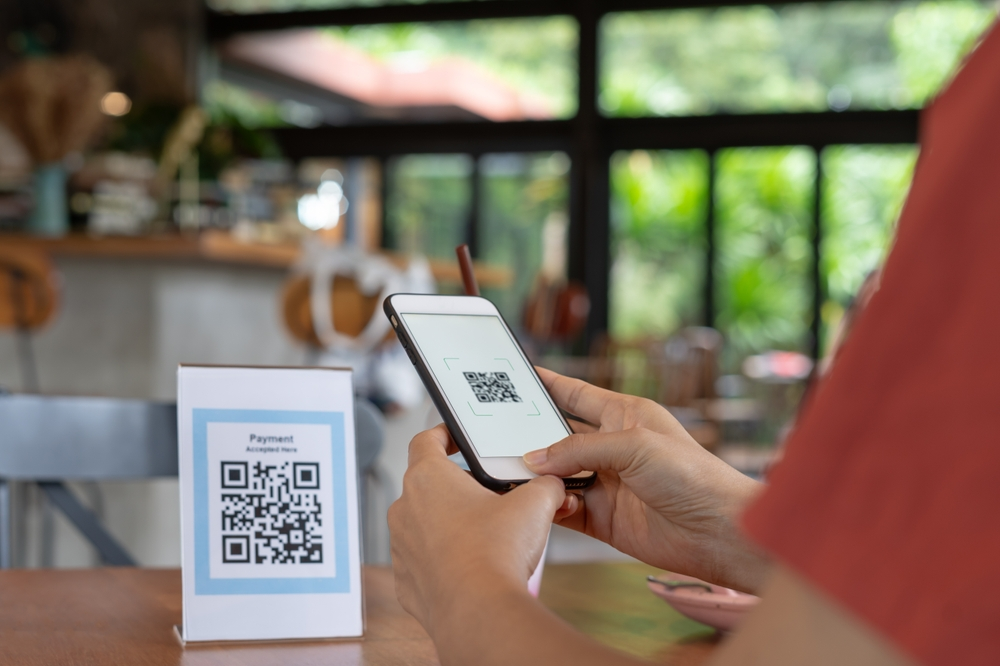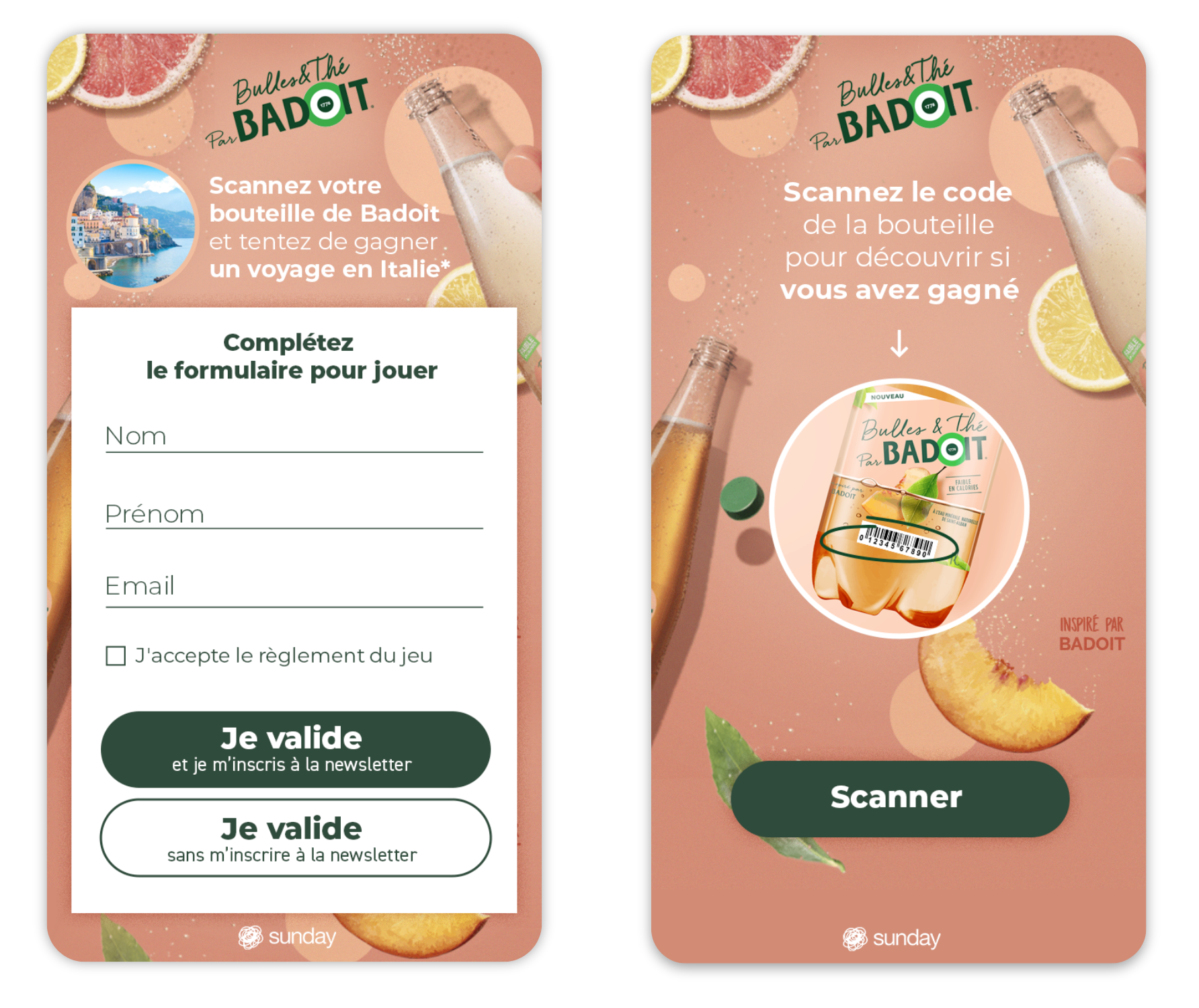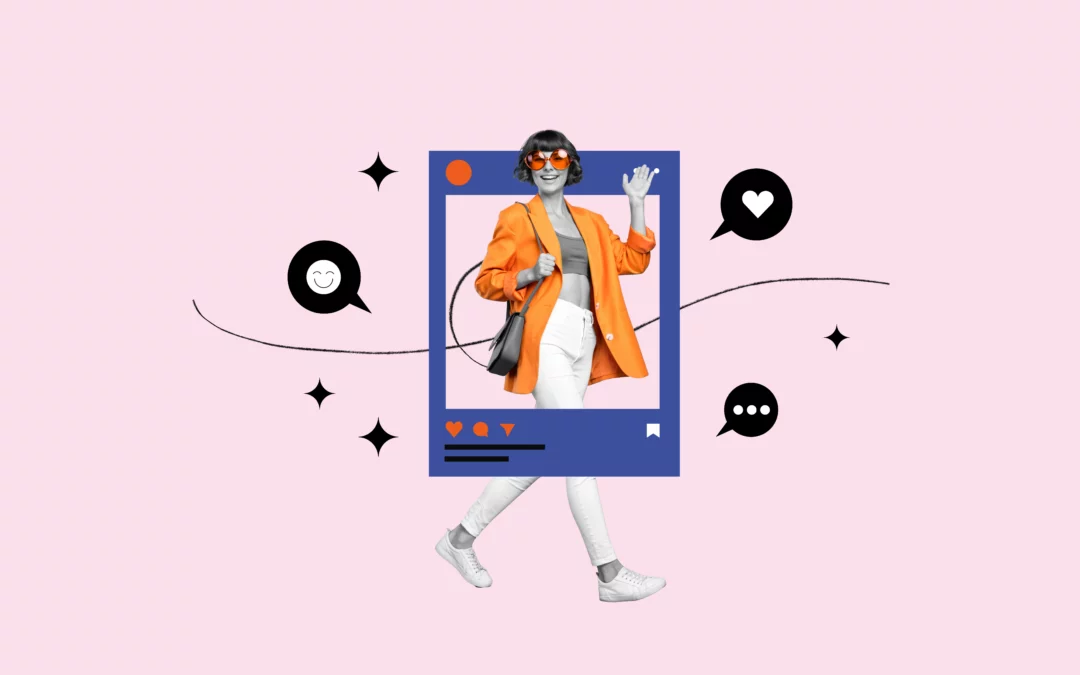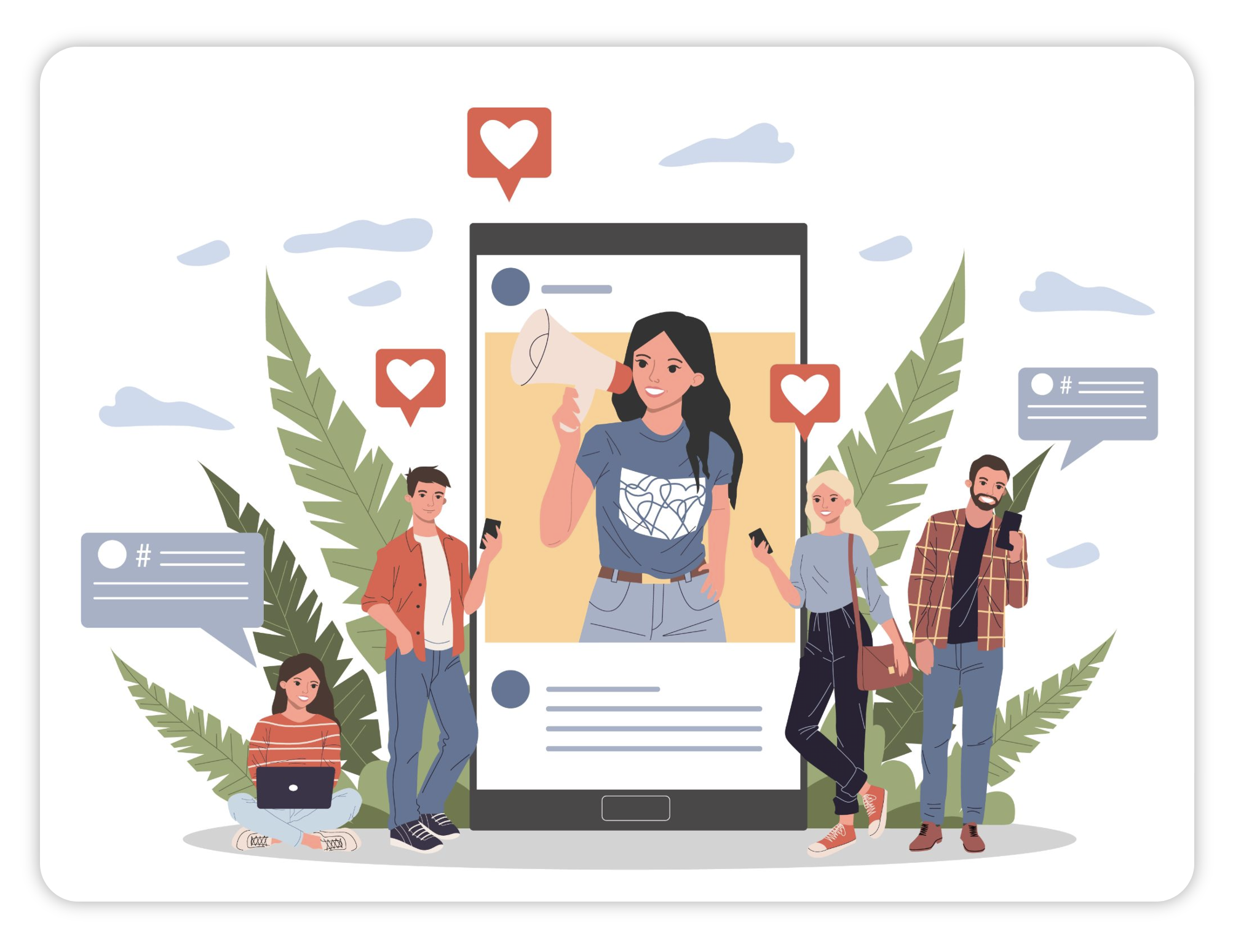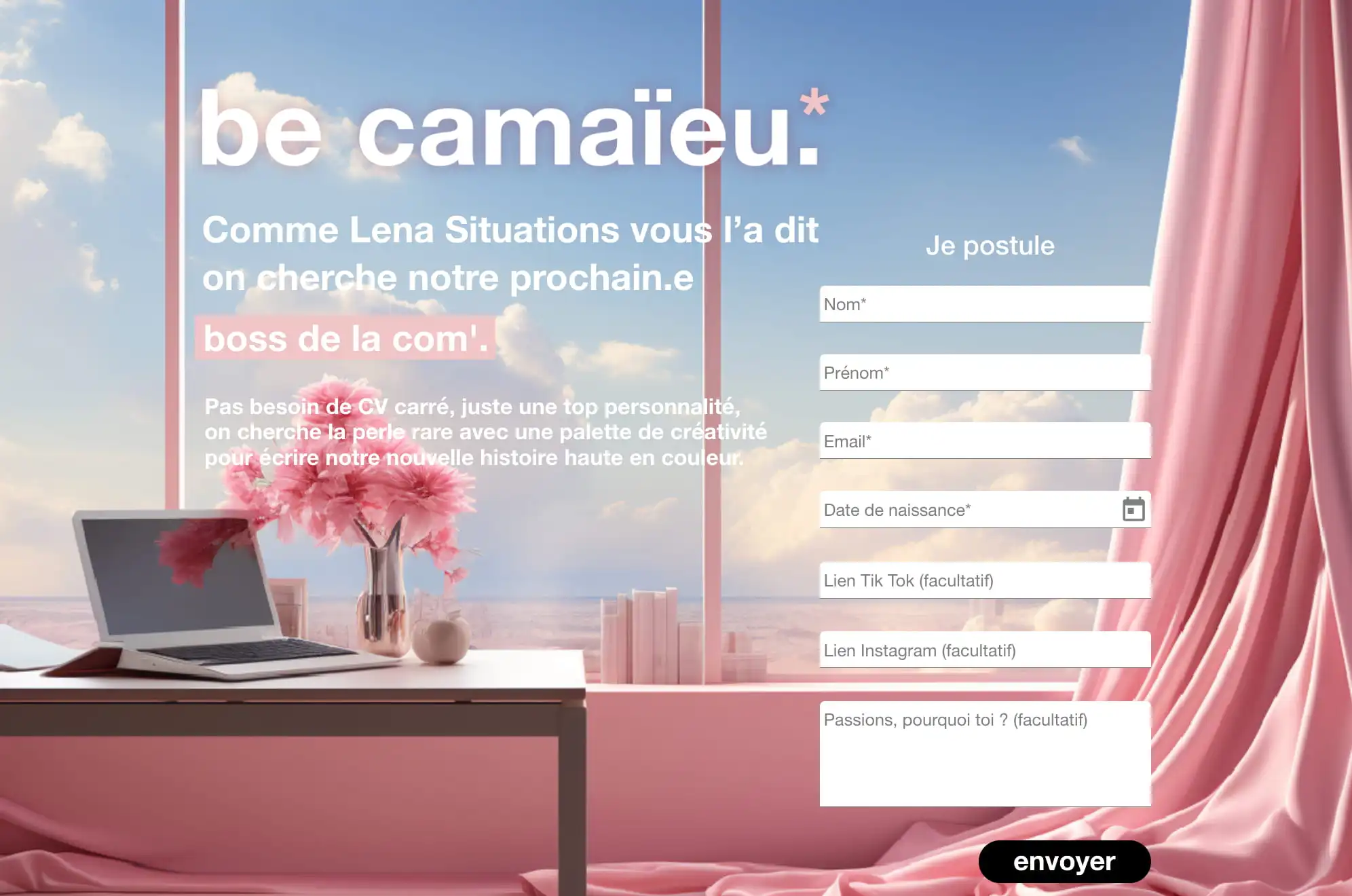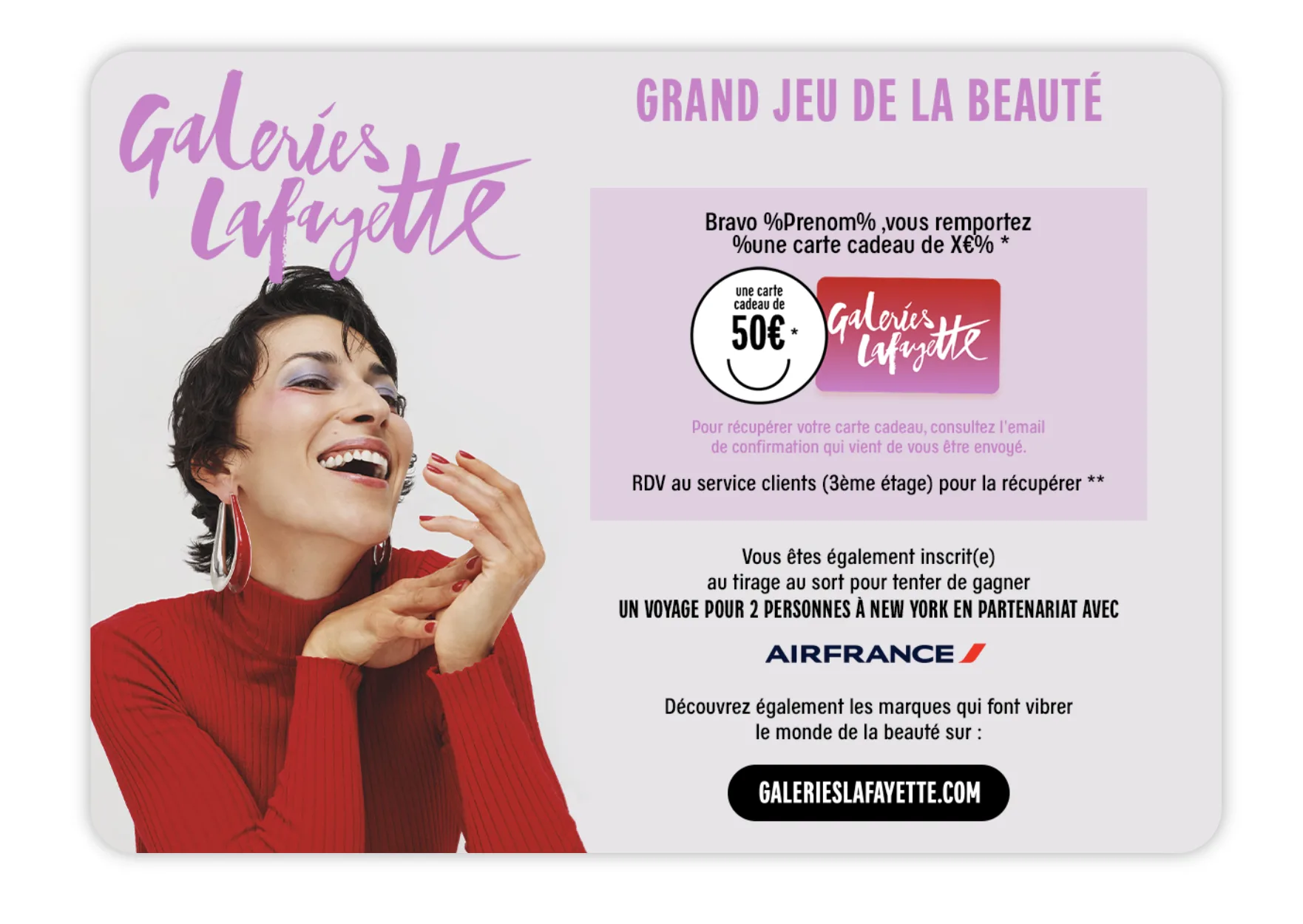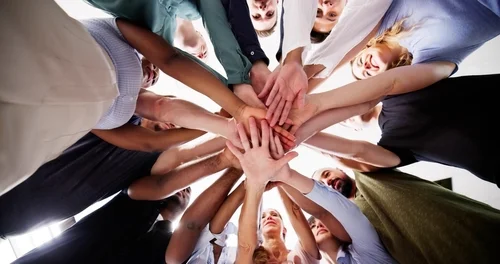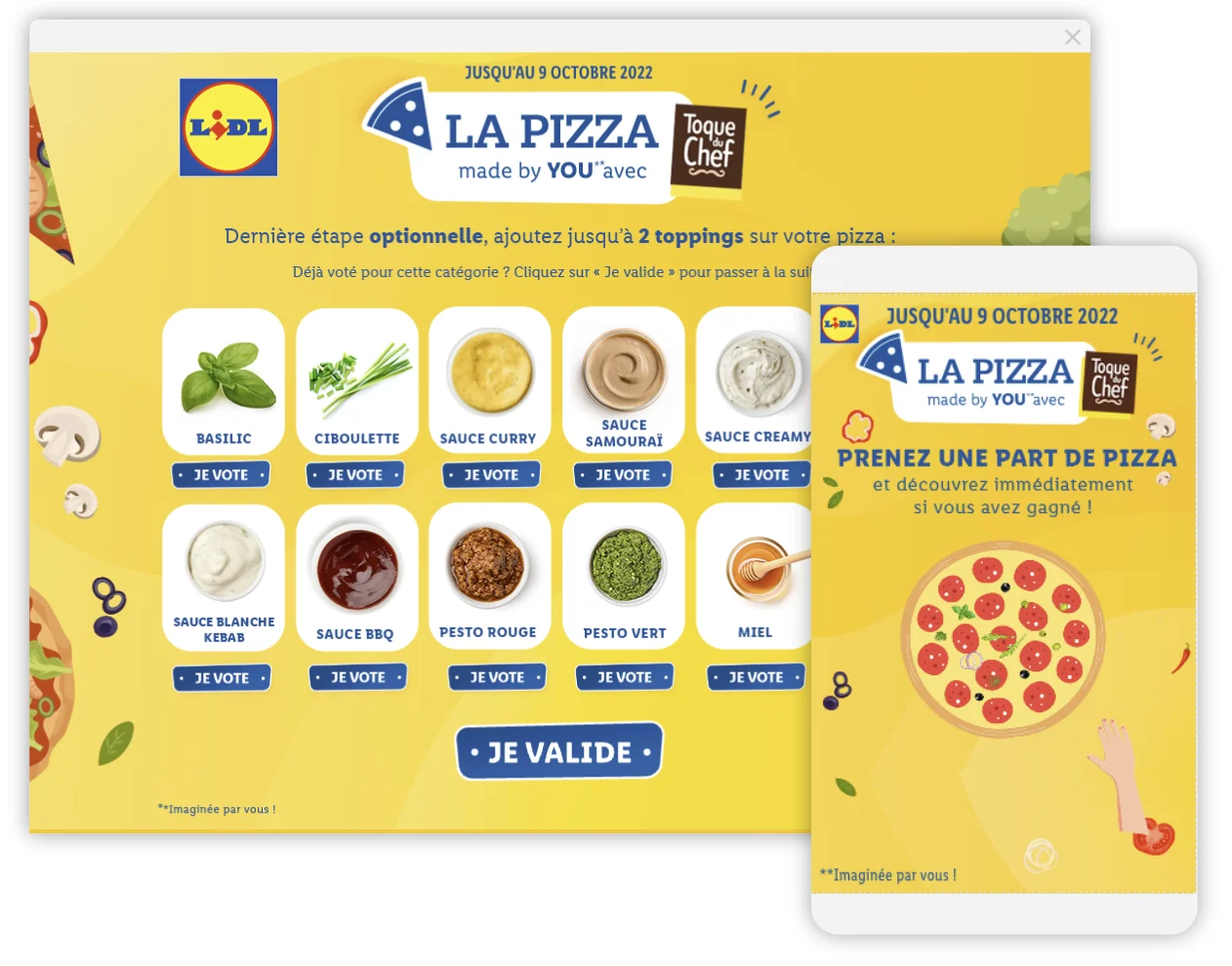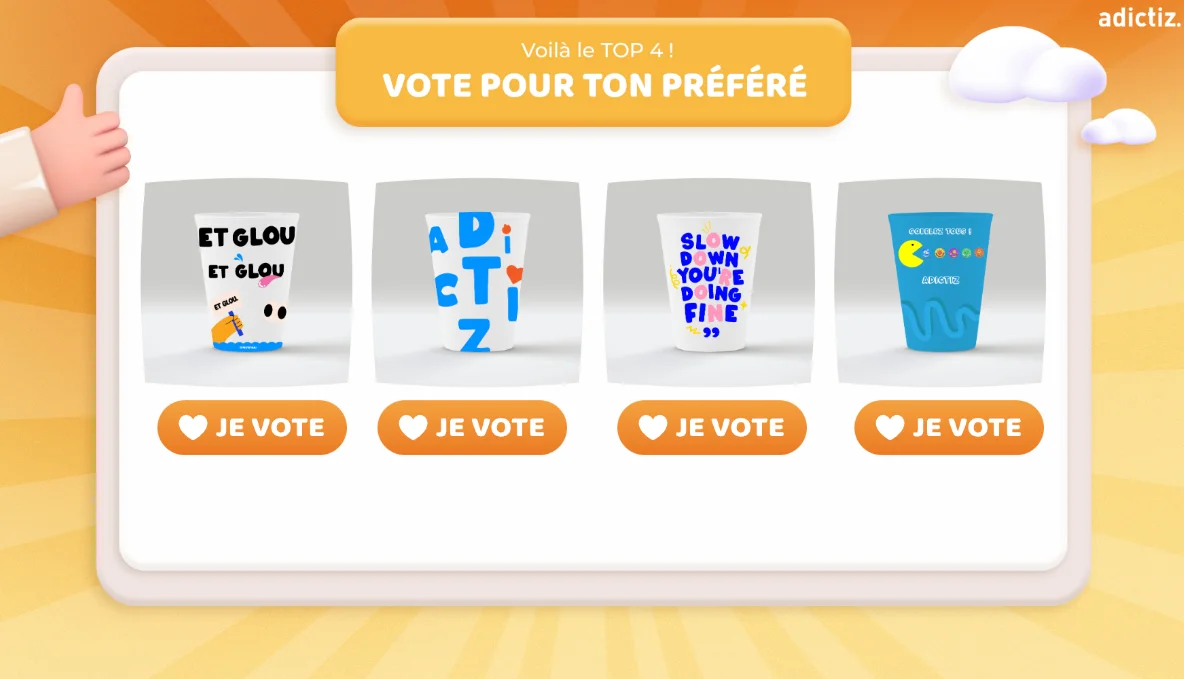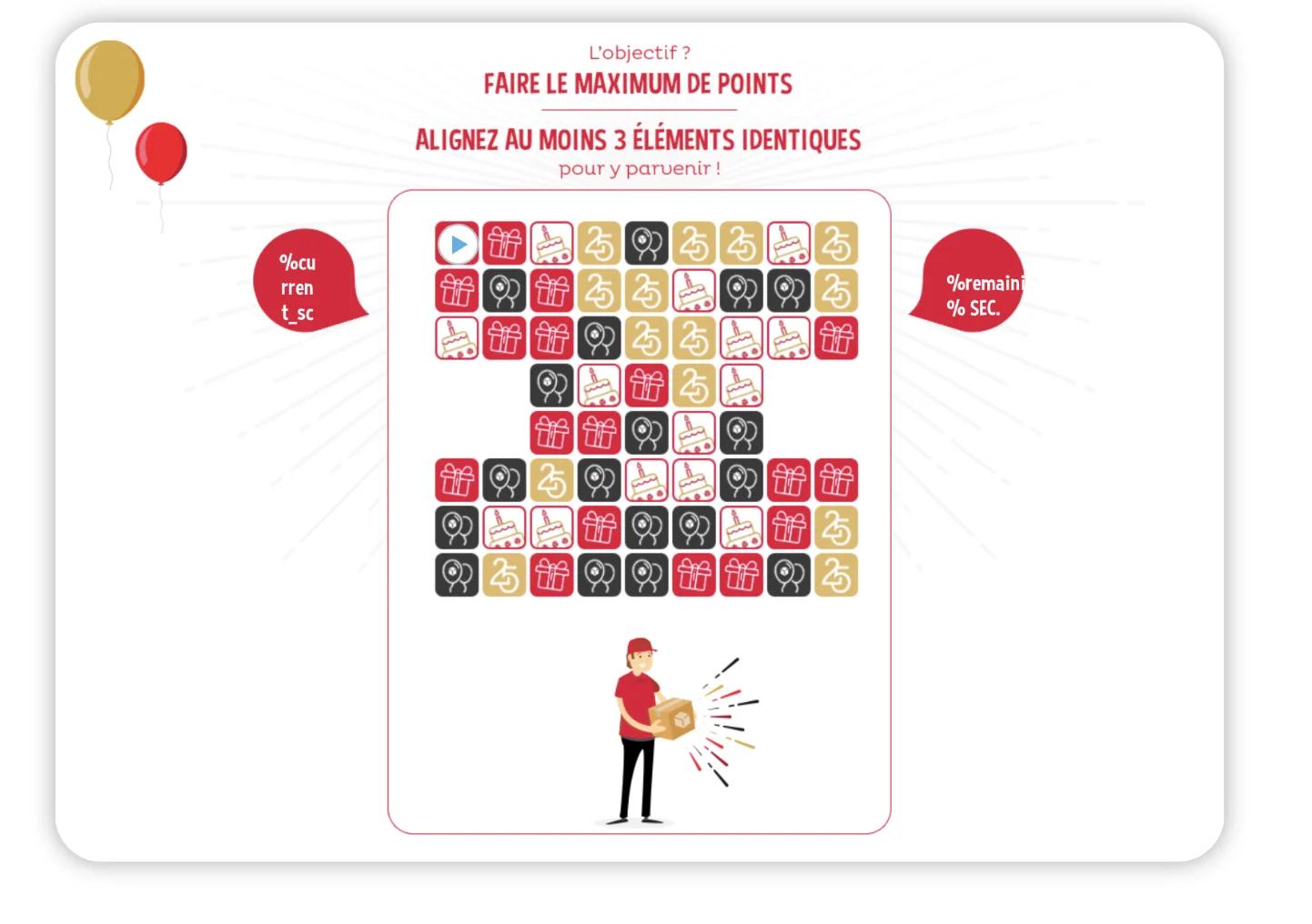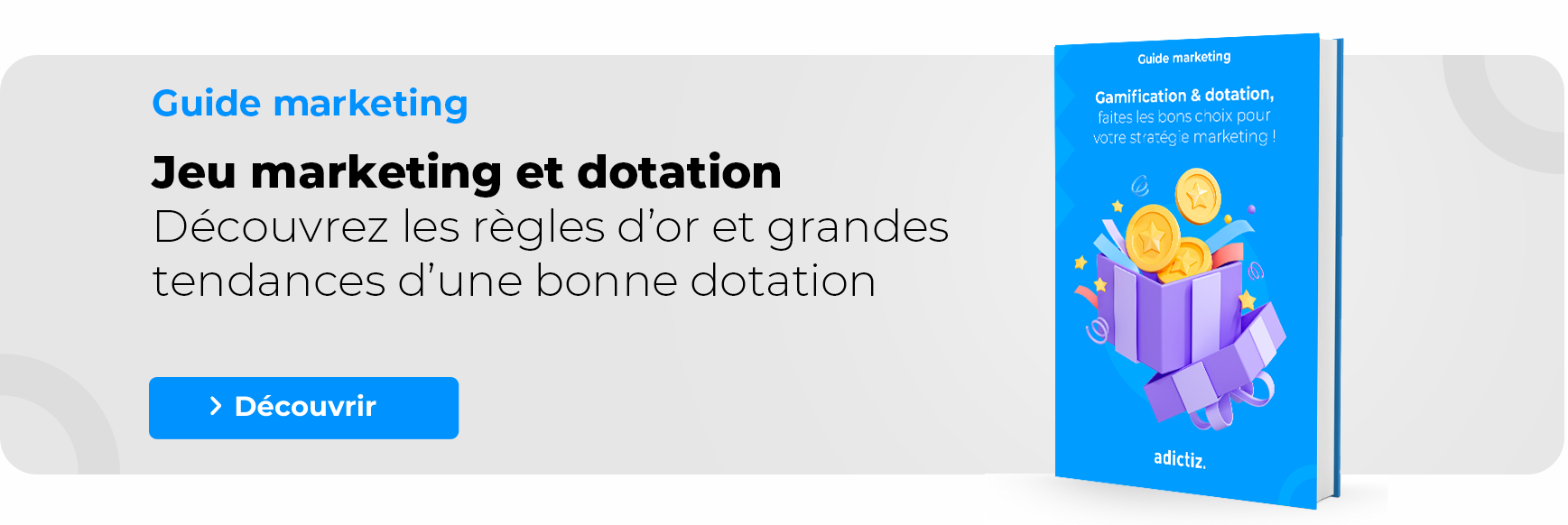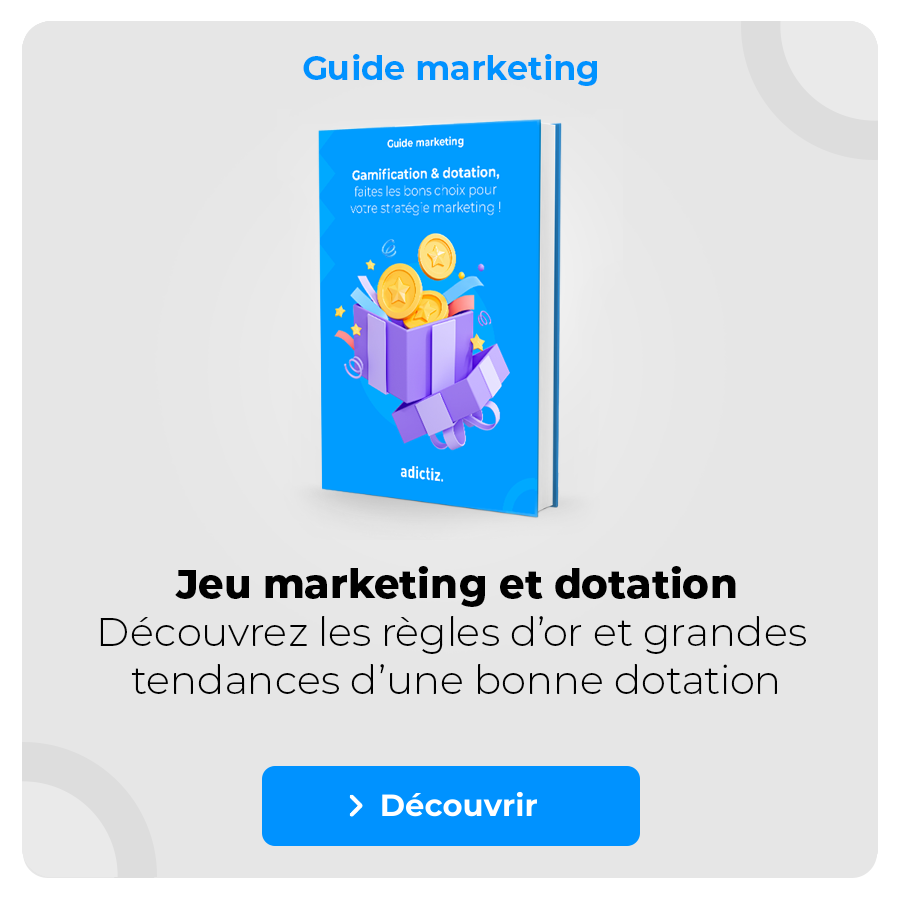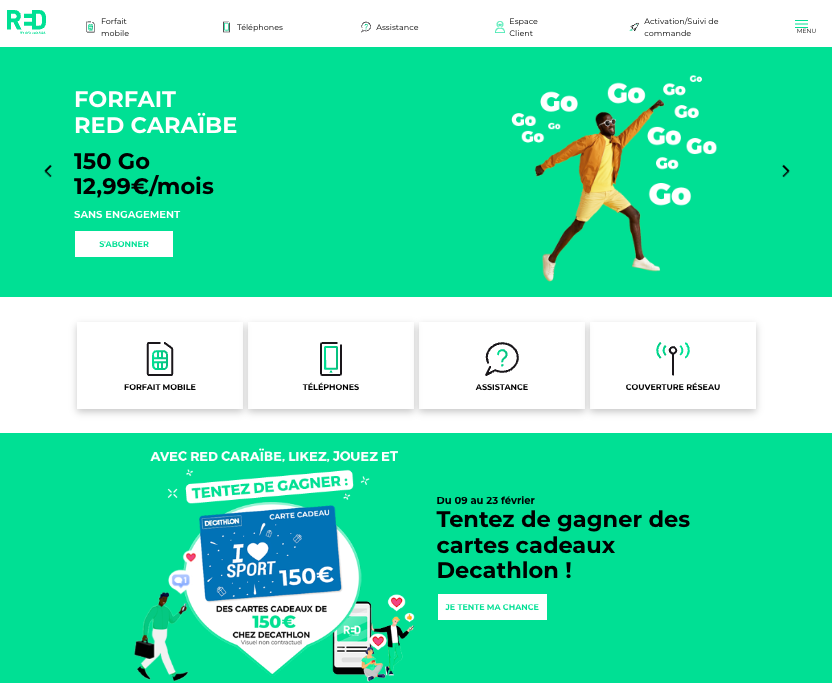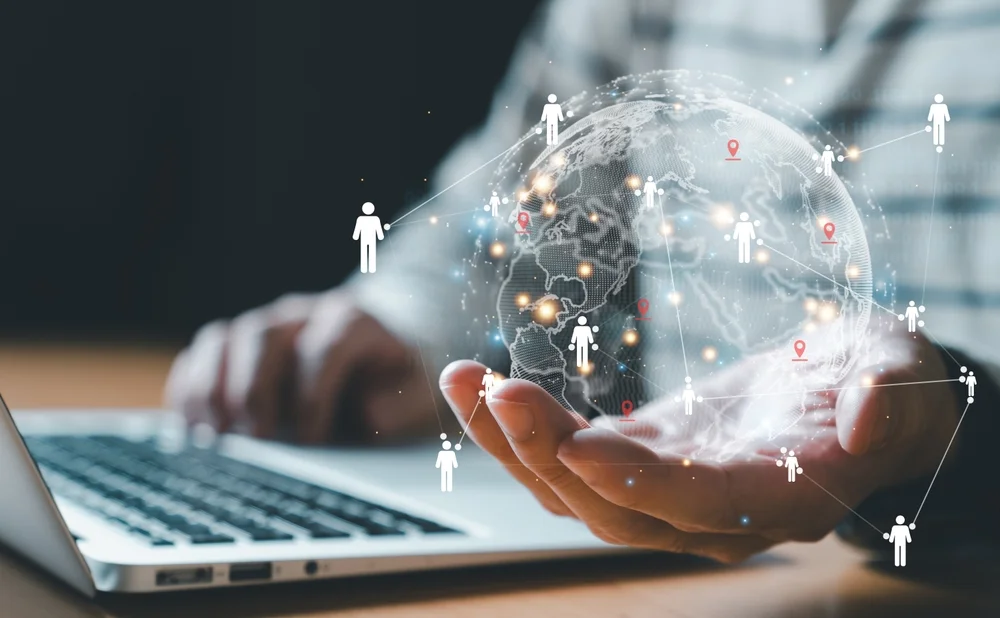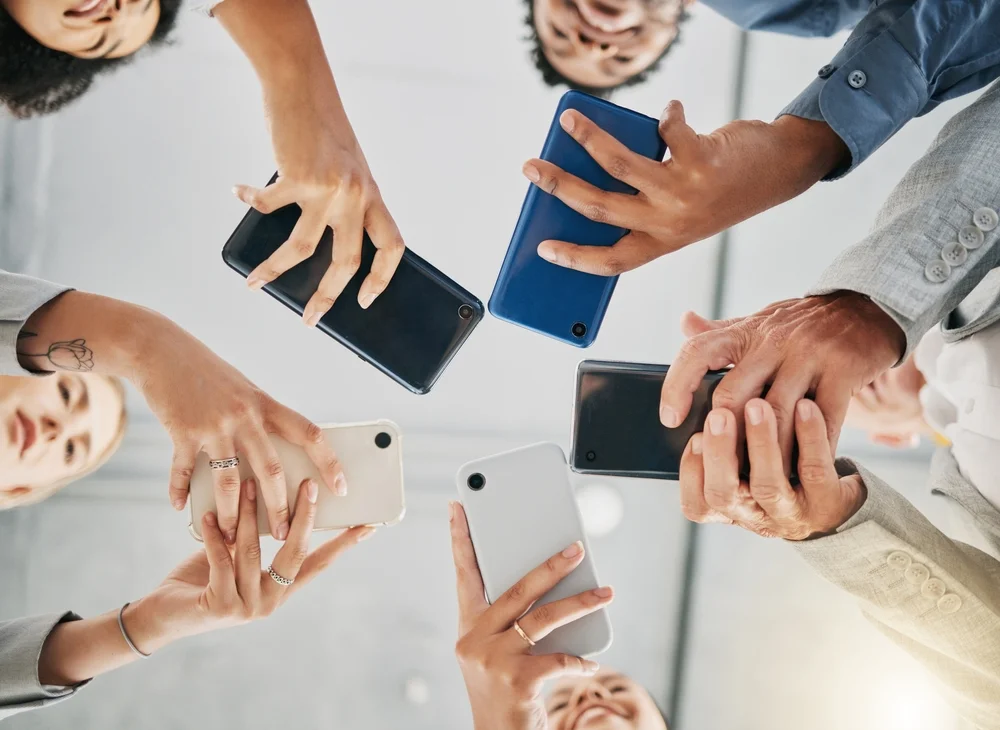
Reinforcing corporate communication through gamification
According to a Gallup study, only 13% of employees worldwide feel involved in their work. A statistic that underlines the urgent need to improve corporate communication, both internal and external, and human interaction within organisations, particularly by adopting innovative approaches such as gamification.
Traditional methods of corporate communication are now coming up against major challenges. They are no longer adapted to new communication flows, new ways of working (notably with the rise of teleworking) or new consumer expectations of brands. This can lead to a gradual disengagement of its audience, both internally and externally, and thus to a decline in the productivity and attractiveness of organisations.
Gamification offers an effective solution to these challenges. By introducing interactive and playful mechanisms into its corporate communications, the company can better address the expectations of its various stakeholders and strengthen their attachment to the group.
Here are some tips and practical examples of how to use gamification as a tool to transform your corporate communications.
What is corporate communication?
Corporate communication encompasses all of an organisation’s communications aimed at both its internal and external stakeholders. It includes marketing campaigns aimed at the company’s customers, as well as exchanges with external partners (suppliers, investors) and, of course, employees/applicants.
Business communication is therefore a major challenge for organisations, enabling them to maintain good relations and transparent communication with all their stakeholders.
The various forms of corporate communication include :
- Public relations: to raise your profile, strengthen your branding or improve your reputation both internally and externally;
- Crisis communication: to manage the problems the company may encounter, reassure its partners and guarantee its future, etc.
What are the key issues in corporate communications?
Corporate communication is a major challenge for companies. It plays an essential role in all aspects of a company’s business and plays an active part in maintaining its attractiveness and therefore its profitability.
The main challenges in corporate communications include :
- Building and maintaining a solid reputation and a strong brand identity. Corporate communications help shape the way we perceive an organisation. It helps to differentiate a brand from its competitors and therefore to strengthen its credibility with all its stakeholders.
- Improving employee commitment and satisfaction. Internally, corporate communication fosters a good corporate culture. It enables the company to communicate its vision, values and objectives more effectively. It is therefore a good lever for mobilising and motivating your teams and strengthening their attachment to the company.
- Managing crises and change effectively. Corporate communication is essential for managing any crisis or change likely to affect the organisation. Properly orchestrated, it can mitigate the negative impact of problems encountered by the company, reassure customers and mobilise employees to resolve the crisis or adapt smoothly to change.
- Strengthening relationships and partnerships with stakeholders. Finally, corporate communication encourages collaboration with all our partners, from customers to suppliers and, of course, employees. It allows us to share information, but also to better understand their needs and respond to them in a timely and relevant manner.
Gamification to boost corporate communications
Gamification, or the introduction of game elements, is an excellent way of boosting corporate communications. The interactive, playful aspect of gamification enables organisations to better capture the attention of their various audiences, engaging them effectively and enhancing their brand image.
Gamification to add power to messages
Companies now have a wide range of channels for communicating with their internal and external stakeholders. They can use email, their website or application, but also social networks to transmit information to their target audiences.
The whole point of the game is to capture consumers’ attention and give these messages greater impact. The interaction and the original way in which the message is conveyed mean that the information is much more strongly and sustainably integrated.
Games also improve message retention, making them more memorable. For example, employees are more likely to remember the organisation’s strategic objectives if they are shared via a playable format such as a Quiz.
The game mechanics can also be used to apply this new knowledge in a fun way (on the ongoing transformation of the organisation or its CSR policy, for example). To do this, the company could offer a Game of Differences, a Memory game or even launch a QWL challenge.
DPD offered its employees a quiz designed to raise awareness of waste reduction. The aim of the operation was to tackle this sensitive subject in a fun and light-hearted way. Thanks to this corporate communication initiative, participants could win prizes (boxes, zero waste kits), reinforcing the commitment to this internal awareness-raising campaign.
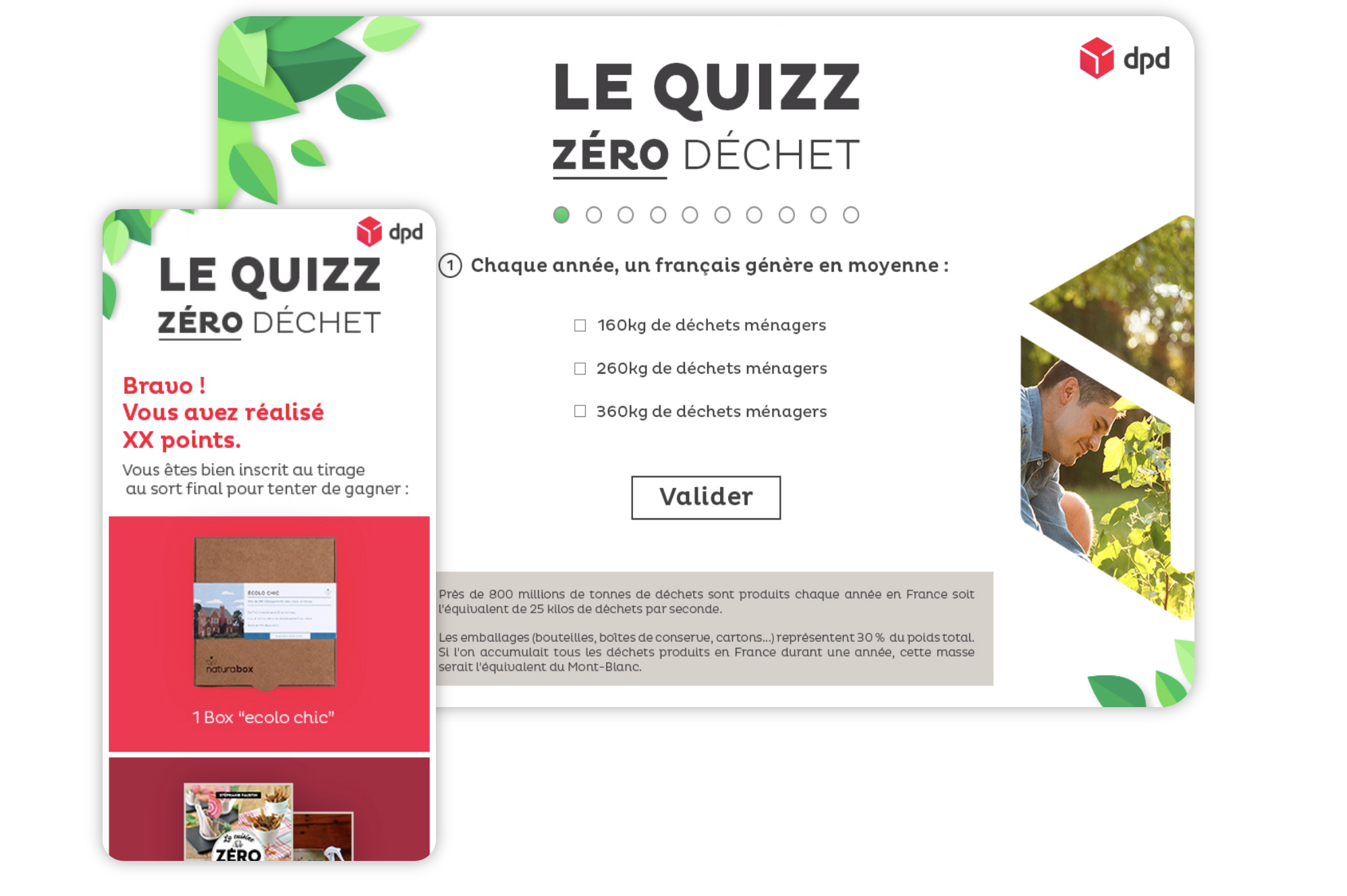
Promote the brand to candidates, employees and business partners
Gamification also makes it possible to offer a different kind of corporate communication and therefore to focus the attention of audiences on the company. Gamification offers the ability to make your brand more visible on the market, more attractive, but also more convincing.
Play mechanisms can therefore be used as part of internal training and employee development programmes. They can also be shared with external stakeholders (investors, partners) to promote the company’s innovations. With consumers, gamification can maximise the time spent with the brand (via a sports game, for example) and highlight its initiatives (sports or cultural sponsorship programmes, etc.).
In order to reinforce the feeling of belonging to the brand and to highlight the travel offer, Lidl set up a Tiny Wings in 3 different universes. The campaign enjoyed high levels of engagement, with over 10k games played and an average playing time of 5min 15s.
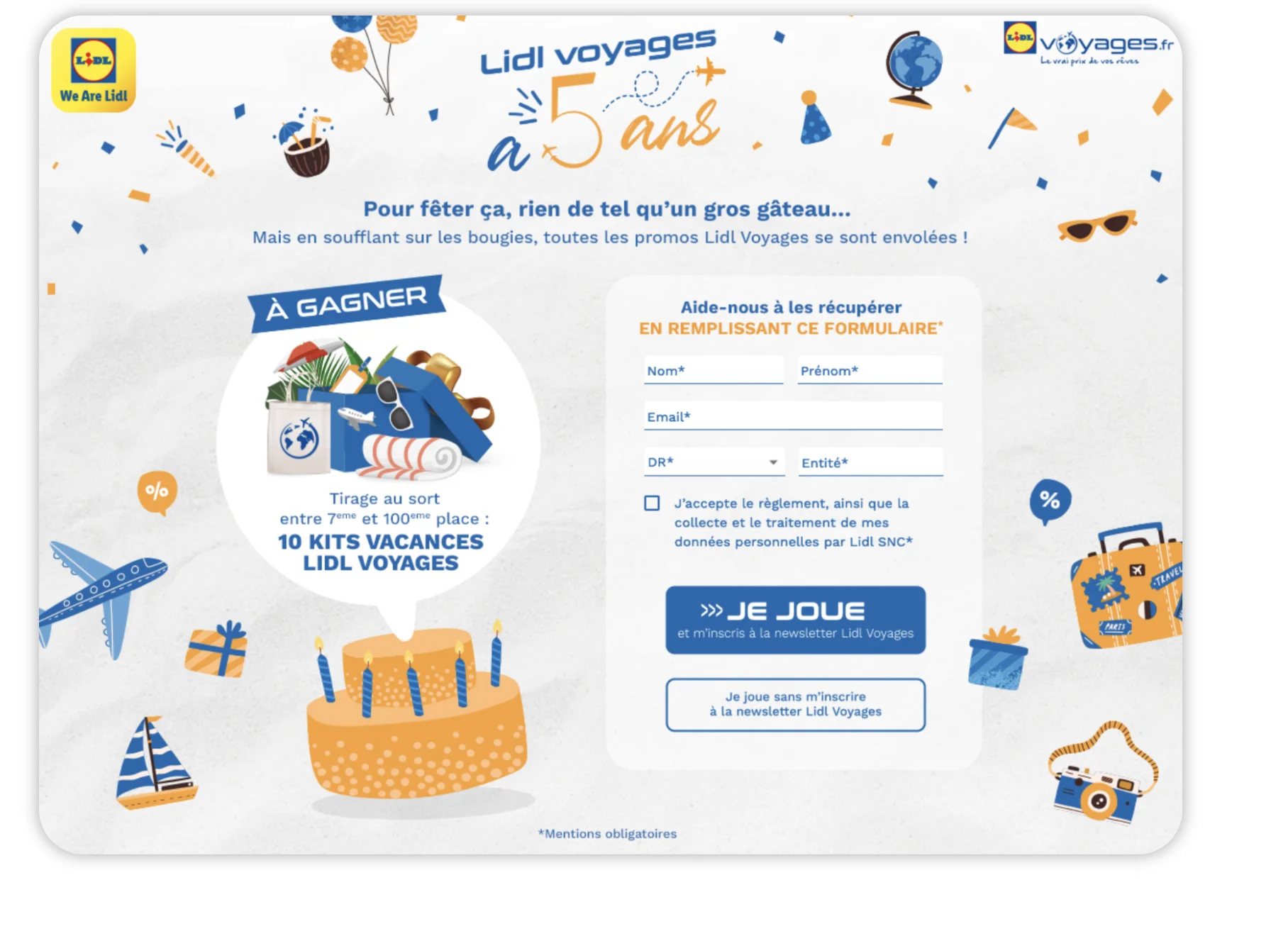
Boosting stakeholder engagement
For example, animations can be used to encourage stakeholder participation in company events and initiatives. Gamified communication encourages participation in activities and stimulates the involvement and enthusiasm of participants.
Overall, gamification helps to create more playful and positive working environments. It injects pleasure and fun back into daily tasks and makes the activities associated with corporate life more enjoyable and rewarding. By offering attractive prizes, the company also helps its partners to feel valued and motivated.
Lidl asked its employees to create the brand’s next pizza using a voting mechanism. The activation engaged Lidl employees, who generated 21.6k votes throughout the campaign.
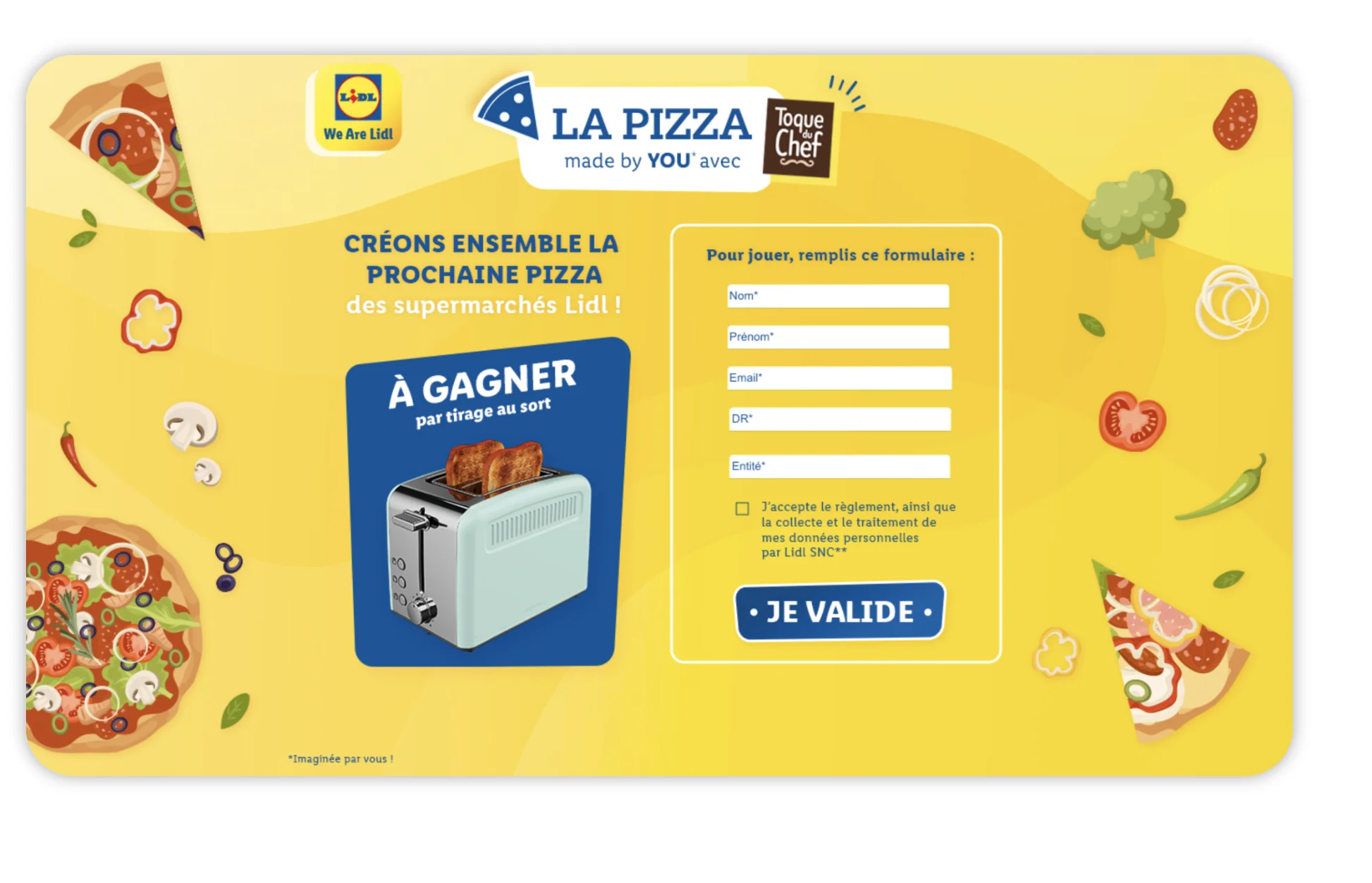
Conclusion
Gamification is a powerful way of boosting your corporate communications? Whether you want to communicate with your internal or external stakeholders, marketing games are extremely effective at capturing attention and engaging with your brand. Discover our interactive gamification mechanisms and tailor them to your corporate culture and strategic objectives!


